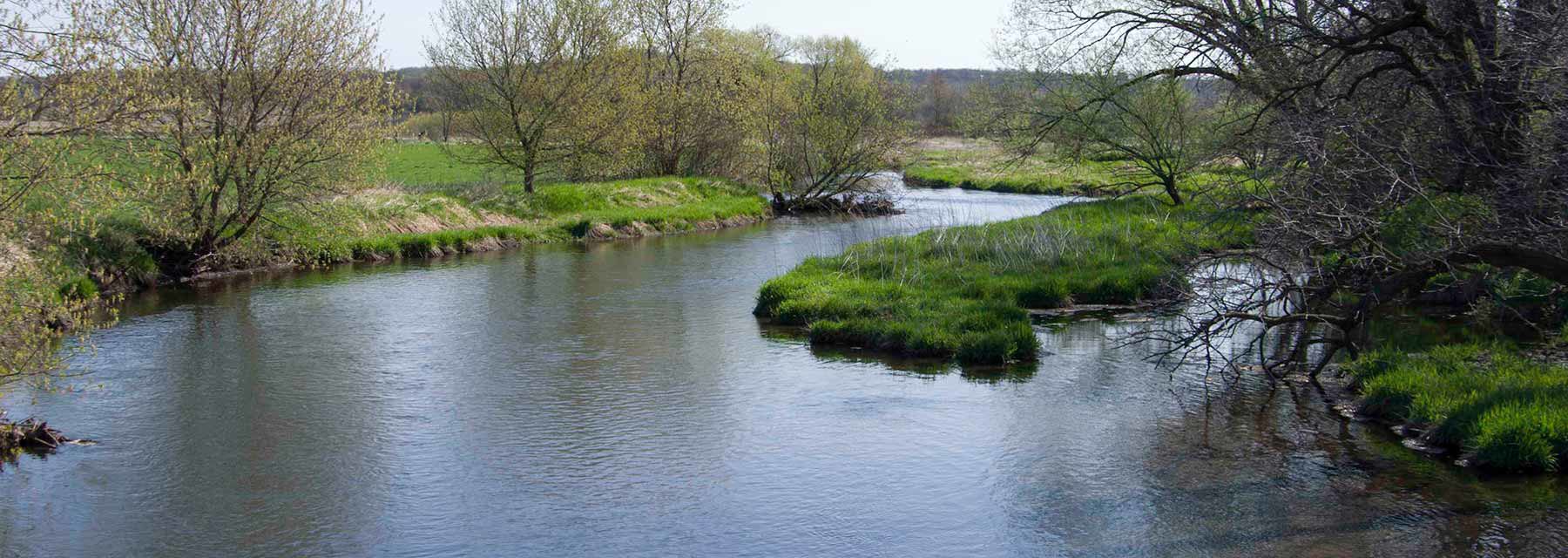SWTU, P.O. Box 45555, Madison, WI 53744-5555
president@swtu.org
Conserving coldwater fisheries


Calendar
March 2025 |
||||||
|---|---|---|---|---|---|---|
| Sun | Mon | Tue | Wed | Thu | Fri | Sat |
|
1
|
||||||
|
2
|
3
|
4
|
5
|
6
|
7
|
8
|
|
9
|
10
|
11
|
12
|
13
|
14
|
15
|
|
16
|
17
|
18
|
19
|
20
|
21
|
22
|
|
23
|
24
|
25
|
26
|
27
|
28
|
29
|
|
30
|
31
|
|||||

Little Red Sedge
Leave a Comment
Last Updated: March 8, 2018 by Drew Kasel
The hopes and dreams of most dry fly anglers rest on the shoulders of but two groups of insects, the mayflies and the caddisflies.
Greenwell’s Glory, Tweed Style
Leave a Comment
Last Updated: February 8, 2018 by Drew Kasel
A time-honored Scottish proverb states, “There are two things a Highlander likes naked, and one of them is malt whisky”. If that Highlander be a fly fisher, the other naked delight is a trout fly.
Fly Tying: Horner Deer Hair / Goofus Bug / Humpy
Leave a Comment
Last Updated: January 4, 2018 by Drew Kasel
Casting locally designed flies to wild native trout is hard to beat.
Fly Tying: Orange Partridge
Leave a Comment
Last Updated: November 9, 2017 by Drew Kasel
The technology of fly tying took a giant leap forward in 2,640 BC when, according to legend, a Chinese Empress named Leizu discovered that the natural glue of silkworm cocoons could be softened in hot water and a long thin filament of pure silk unwound from each cocoon.
Fly Tying: Peeking Caddis
Leave a Comment
Last Updated: October 5, 2017 by Drew Kasel
Today’s most popular cased caddis pattern is probably that of George Anderson, owner of a well-known fly shop in Livingston, MT. He designed the ‘Peeking Caddis’ in the 1970s to imitate Mother’s Day caddis of the Yellowstone River.
Fly Tying: Iron Blue Nymph
Leave a Comment
Last Updated: September 7, 2017 by Drew Kasel
Tie an Iron Blue Nymph on a #16 hook, and you’ve recreated the most famous fly of perhaps the most famous angler to ever cast a wet fly before trout.
Fly Tying: Wirght’s Fluttering Caddis
Leave a Comment
Last Updated: September 7, 2017 by Drew Kasel
Which is more important when fishing dry flies to rising trout: A good presentation? Or, a fly that imitates prevailing insects? The correct answer is “A”, a good presentation. Quality presentations are more important than everything else combined when it comes to fooling trout. Fly size, pattern, and color are important, but excellent presentations will always bring trout to hand, even with flies that look nothing like the insects du jour. On the other hand, you’ll rarely catch trout when your fly drags or floats unnaturally, no matter how perfect the imitation.
Fly Tying: Prince Nymph / Brown Forked-Tail Nymph
Leave a Comment
Last Updated: June 9, 2017 by Drew Kasel
If someone hands you a Pheasant Tail Nymph and asks what it imitates, you’ll likely say “mayfly nymph”. Receive an Elk Hair Caddis, and you might say “adult caddisfly, probably an egg-laying female”. One of the many hopper patterns? You reply without hesitation, “grasshopper … no doubt about it”. But if you’re handed a Prince Nymph, you might be stumped. “Uhh … umm … I’m not sure … maybe an earring?”
Fly Tying: Quill Gordon
Leave a Comment
Last Updated: May 4, 2017 by Drew Kasel
We are a nation of immigrants … a melting pot, where cultures and traditions imported from abroad adapt, evolve, and meld into a uniquely new society. The history of American fly fishing is much the same. Fly angling as we know it developed in Great Britain, often by a privileged upper class. The methods, however, emigrated to America along with the hard working early settlers. Fly angling then adapted to the new geography, took root in America’s tremendous natural resources, and grew into the magnificent pastime that we honor and protect today.
Fly Tying: American Brown March
Leave a Comment
Last Updated: April 5, 2017 by Drew Kasel
Trout fishing in America used to be dead easy. Find any cold clear river … cast a brightly colored fly … catch a sizeable brook trout … repeat as needed. On February 28, 1883, however, things got much more difficult. The days of effortless trout were over. What happened? Eighty thousand brown trout eggs arrived from Germany at the state fish hatchery in Cold Spring Harbor, NY.
Recent Posts
Categories